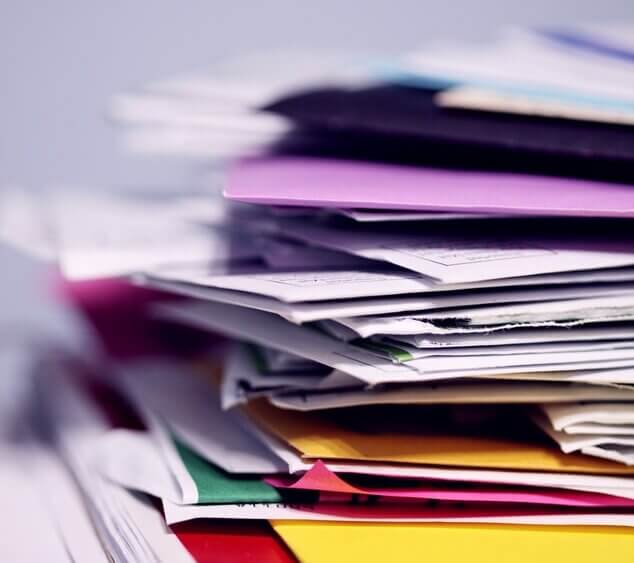What is the GST E-way Bill, and how does it work?
The term “e-way bill” stands for “Electronic Way Bill.” The Goods and Service Tax introduced the GST E-way bill, which is a document that is used to monitor goods in transit. An E-way bill issued on the GST Portal is required for a taxable person registered under GST who transports goods worth more than Rs.50,000.
For businesses, LEDGERS has made E-way bill creation and management a simple job. GST invoices, bills of supply, purchasing invoices, and customer or supplier accounts are all synchronized with the Ledgers E-way bill tool.
At the touch of a button, an E-E-Way Bill may be created and shared with customers or suppliers. The requirements for transporting products are outlined in the E-way bill guidelines. It should be noted, however, that when the GST Act went into effect on July 1st, the E-way bill implementation was postponed.
Who needs to generate an E-way bill?
It should be generated in the following scenarios:
- When items worth more than Rs.50,000 are moved to or from a registered individual, an E-Way bill is generated. If the items’ value is less than Rs.50,000, the registered individual can even produce an E-way bill.
- Unregistered individuals must also produce an E-way bill. When an unregistered person makes a supply to a registered person, the receiver is responsible for ensuring that all requirements are met.
- If the supplier has not created an E-way bill, a transporter transporting goods by road, air, rail, or other means must generate one.
Documents required to create an E-way Bill
To create an E-way bill, the documentation required is as follows:
- Relevant invoice, bill of supply, or challan for the shipment of goods
- In the event of road transport, the Transporter ID or the vehicle number is required.
- Transporter ID, Transport document number, and date for rail, air, or ship transport.
What is the format of a GST E-way bill?
The E-way bill is divided into two parts: Part A and Part B. Part A of the E-way boll gathers information about the consignment, most commonly the invoice data, as a result of which, the following information must be provided.
- The recipient’s GSTIN must be provided.
- It is necessary to include the Pin code of the location where the products will be delivered.
- The invoice or challan number that the items were delivered against must be presented.
- It is necessary to specify the value of the consignment.
- The HSN code of the transported items must be entered. The first two digits of the HSN code should be given if the revenue is less than INR 5 crores. A four-digit HSN number is necessary if the turnover exceeds INR 5 crores.
- The purpose for transportation should be determined ahead of time, and the most appropriate option should be chosen.
- The transport document number should be included. It comprises the goods receipt number, railway receipt number, airway bill number.
Steps to generate an E-way bill:
The supplier or the transporter can create the E-way bill through the following ways:
- LEDGERS Software,
- E-Way bill portal
- SMS,
- Android App and,
- Site-to-Site Integration (through API).
How to Create an E-Way Bill Using a website:
Step 1: Go to https://ewaybill.nic.in/ and submit your login information to have access to the E-Way bill generating platform.
Step 2: To produce a new E-Way bill, go to the E-Way Bill-Main menu page and select “Generate New.”
Step 3: A new EWB bill generation form pops up. Fill in the relevant information.
If you’re a supplier, choose outward, and if you’re a recipient, choose inward. Enter the supplier’s and recipient’s information, as well as the GSTIN, if applicable.
Step 4: Fill in the details regarding the product.
Step 5: To create the EWB, click the “SUBMIT” button after filling in all of the required information. The E-Way bill with the E-Way Bill number and the QR Code that contains all the data in digital format will be shown on the Portal. The printed copy of the bill should be given to the transporter, who will be responsible for carrying it during the journey until it is delivered to the consignee.
Step 6: A consolidated EWB may be generated that comprises all transaction details and is simple to construct by just entering the ‘E-Way bill number’ in the necessary box. To produce the aggregated EWB, click “SUBMIT.”
Note: Once an E-Way bill has been produced, it can be updated. Details on the transporter, consignment, consignor, and both parties’ GSTINs can be changed in an existing E-Way bill as long as the bill is not over its expiration date.
For GST Registration services in Cochin, visit Corproots.
Related Article: Precautions to be taken after GST registration in India

